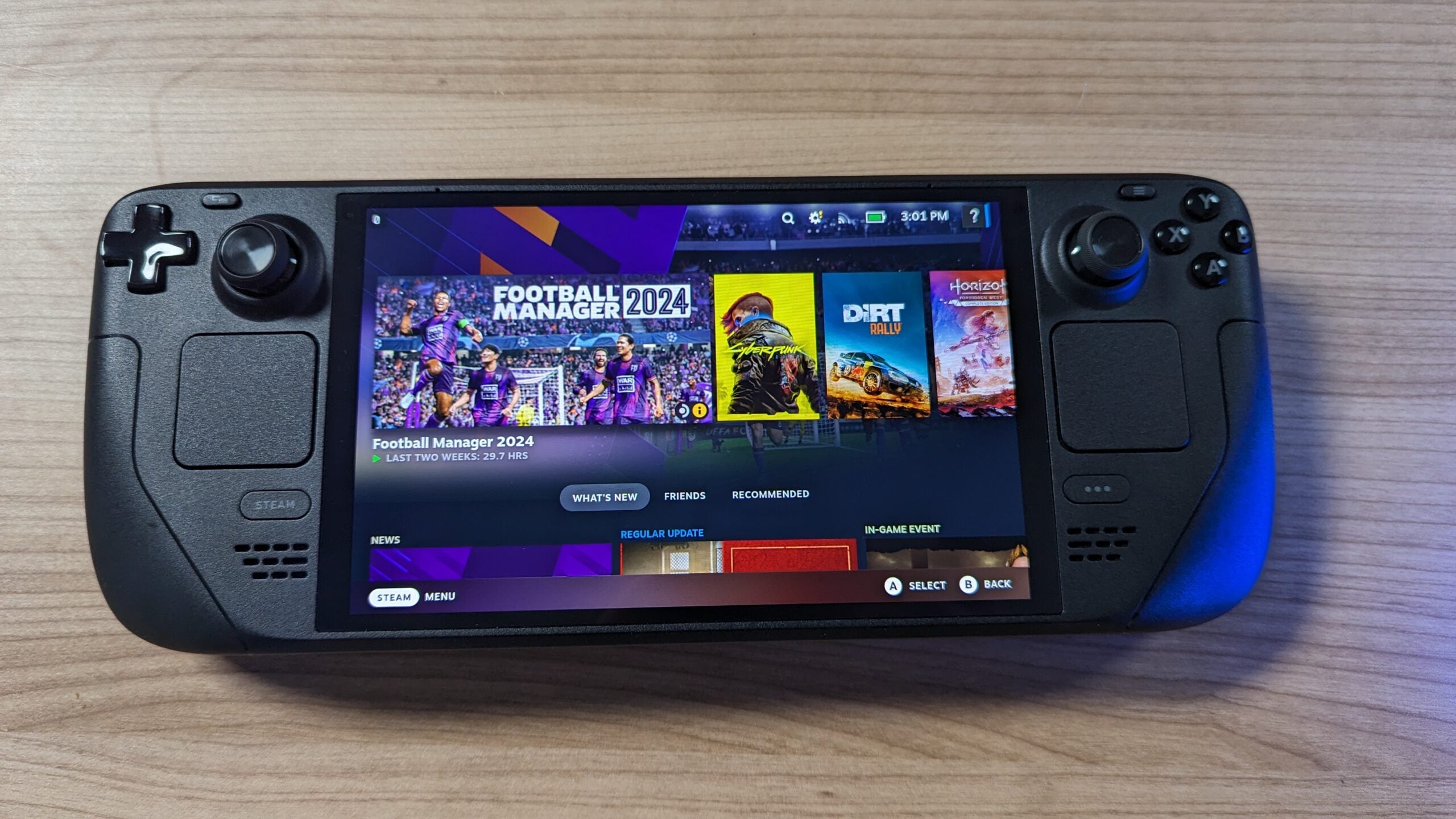Back 4 Blood Review
One of the best co-op shooters
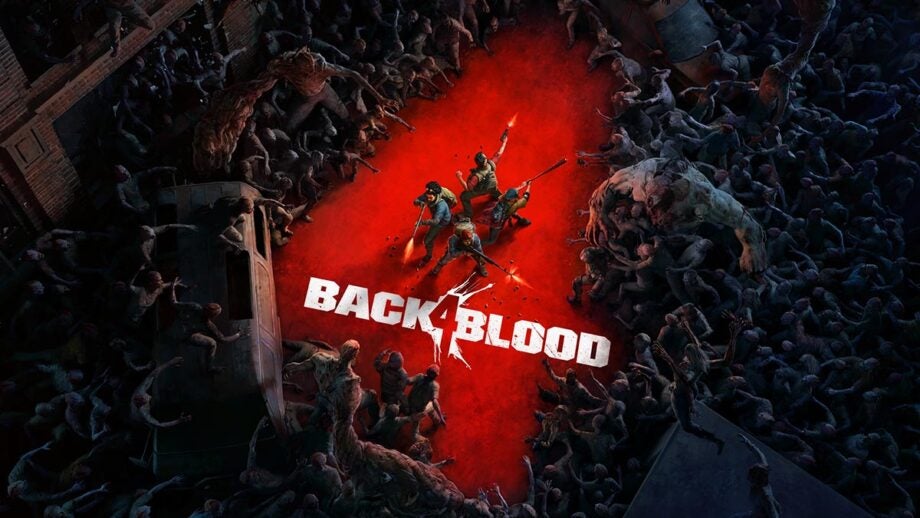

Verdict
Back 4 Blood is an excellent co-op zombie shooter, with a card-based perk system and wonderfully satisfying gunplay building upon the fantastic foundations of the Left 4 Dead series. But if you’re planning on playing solo you may want to stay clear, with a design clearly optimised for multiplayer.
Pros
- Amazing co-op zombie slaying
- Rewarding gunplay
- Wonderfully replayable
Cons
- PvP options are limited
- Underwhelming single-player experience
Availability
- UKRRP: £59.99
- USARRP: $59.99
- EuropeRRP: €59.99
Key Features
- Available on multiple platformsBack 4 Blood will launch on PC, PS5, Xbox Series X/S and PS4
- Release date:Full release scheduled for 12 October
Introduction
Back 4 Blood is a co-op first-person shooter from some of the all-star team behind the iconic Left 4 Dead series.
Having blasted through the cooperative campaign and tried – and frequently failed – to survive against human controlled zombies in its Swarm mode, I can confirm that Back 4 Blood is one of THE best co-op multiplayer games on the market and a true successor to Left 4 Dead in every way.
Gameplay
- It will immediately familiar to Left 4 Dead fans
- Shooting mechanics feel great
- Best played with friends, as solo mode is lacking
Back 4 Blood wears its Left 4 Dead pedigree on its sleeve, unashamedly sticking to very similar core mechanics to its predecessor.
The best way to summarise it is as a cooperative shooter set in a zombie apocalypse. It tasks you with fighting your way through a story campaign in teams of four, or solo, blasting hordes of zombies (known in-game as ridden) while desperately trying to make it from one safe room to another.
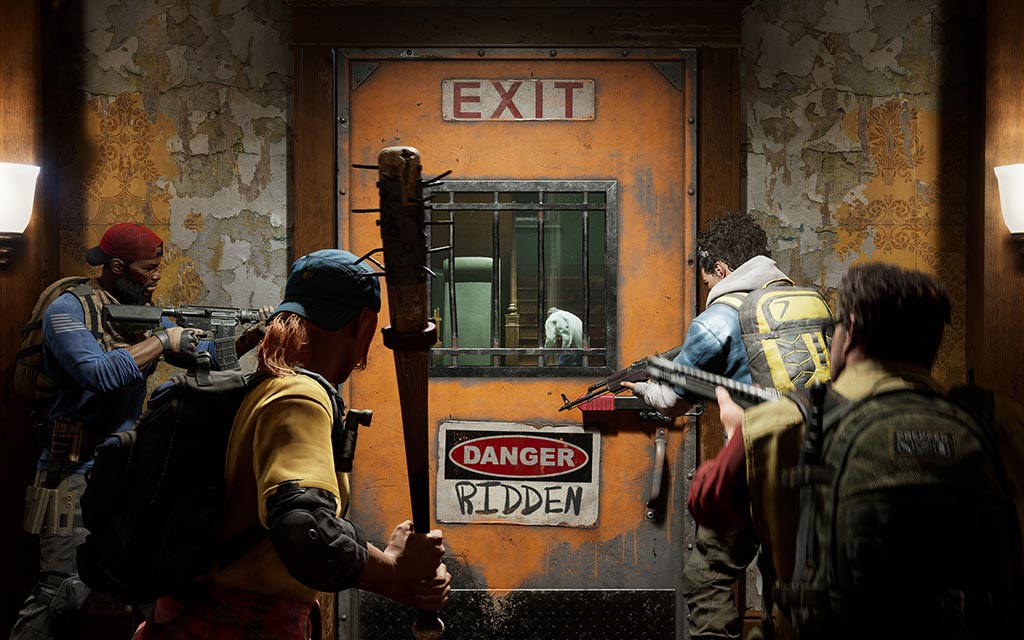
The aesthetic and gameplay is pretty much pure Left 4 Dead. The only difference being a much more developed “tutorial” that tasks you to play through the first four episodes of the campaign with AI bot teammates as it introduces you to its various combat and item management mechanics.
If you’re a Left 4 Dead veteran, I’d recommend skipping it. The tutorial makes the game feel very basic, with your choice of avatar limited to four out of the eight “cleaners” (characters). Plus, it’s way more fun playing the levels with friends.
The characters on offer include all the standard zombie clichés you’d expect. Most look like they’d been carbon-copied from The Walking Dead and have equally clichéd, and amusing, dialogue. Unlike Aliens: Fireteam Elite, Warhammer: Vermintide or Deep Rock Galactic, there are no skill trees to be found. So, at first glance, there’s very little that separates them outside of aesthetics, aside from their starting weapons.

This means the first four chapters can feel too much like a warm-up, with it taking time for Back 4 Blood’s more interesting mechanics to really develop. Playing the opening four parts of the first chapter in Recruit difficulty, my team and I blasted our way through the ridden horde with zero issue. The only improvement I noticed on Left 4 Dead here came from Back 4 Blood’s wonderfully satisfying shooting mechanics, which feel substantially more weighty.
Each gun has a distinct weight and satisfying firing mechanic, which makes blasting the arms or face off an incoming zombie super-entertaining. This is aided by stellar death and damage animations, which see enemy parts go flying into the distance with each successful shot. I’ve not felt such satisfaction popping off a zombie’s head with a sniper rifle since Zombie Army 4.
Like Left 4 Dead, the game features various “hero” ridden (the game’s name for zombies), each with their own unique special attack. For example, the tall boy is basically a giant with a club for an arm that can send cleaners flying with a single hit. When they arrive in packs, the AI makes them surprisingly effective at singling out cleaners.
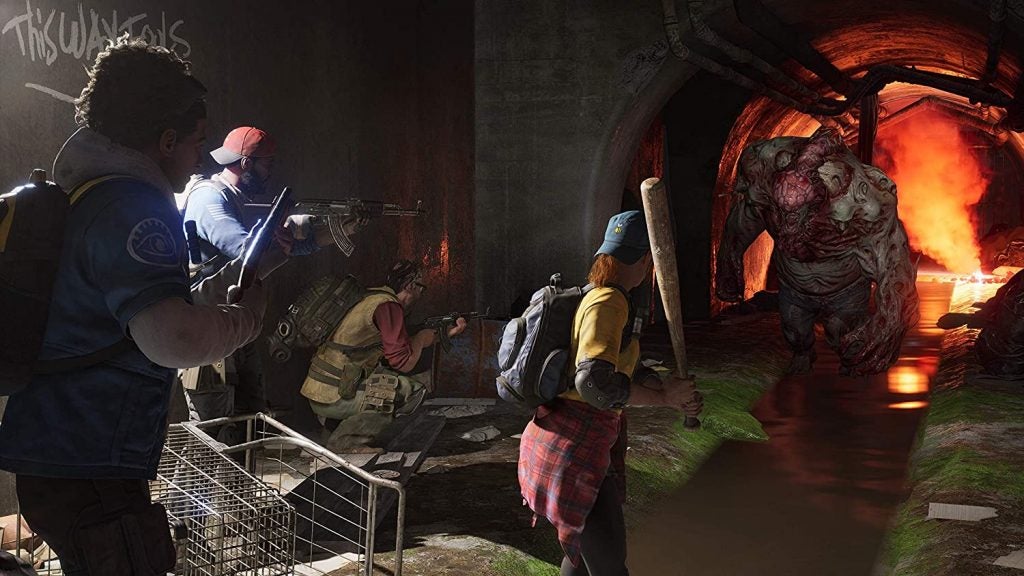
On more than one occasion, a run that was going swimmingly quickly descended into disaster as a special infected took out our weakest link, or successfully forced us to make a mistake and alert the surrounding ridden to our presence. The latter is surprisingly easy to do, with everything from accidentally spooking birds, to stumbling through an unmarked, alarmed door alerting the ridden to your location.
This is also the reason I’d argue that Back 4 Blood isn’t worth considering if you plan to play it solo. After attempting to run through the solo campaign by myself, it becomes apparent that the entire game has been designed for fireteams of four. The custom solo decks aren’t great, and most of the features are missing. This results in an experience that isn’t on a par with most dedicated “single-player” games.
Deck building system
- Card system replaces more typical skill tree
- Cards unlock stat buffs and special abilities
- Collecting new cards improves replay value
The game’s “deck building” system is being marketed as the Back 4 Blood’s primary differentiator, aiming to add infinite replayability to the main story mode. It’s introduced the moment you make it to the game’s main hub, which is a military camp for survivors.
These are a selection of “perk cards” that you select at the start of each match. Each round you get to activate one, granted a special ability or improved stat. To counter this, the game will also activate a card for the ridden, which can flood the map with fog or raise certain special zombies’ stats.
The deck you start with is fairly limited, offering things like improved stamina, a bit more health, or the ability to easily see loot. As a result, I didn’t pay too much attention to it early on. The zombie cards also weren’t terribly exciting, so I felt no need to think strategically about how to react to them.
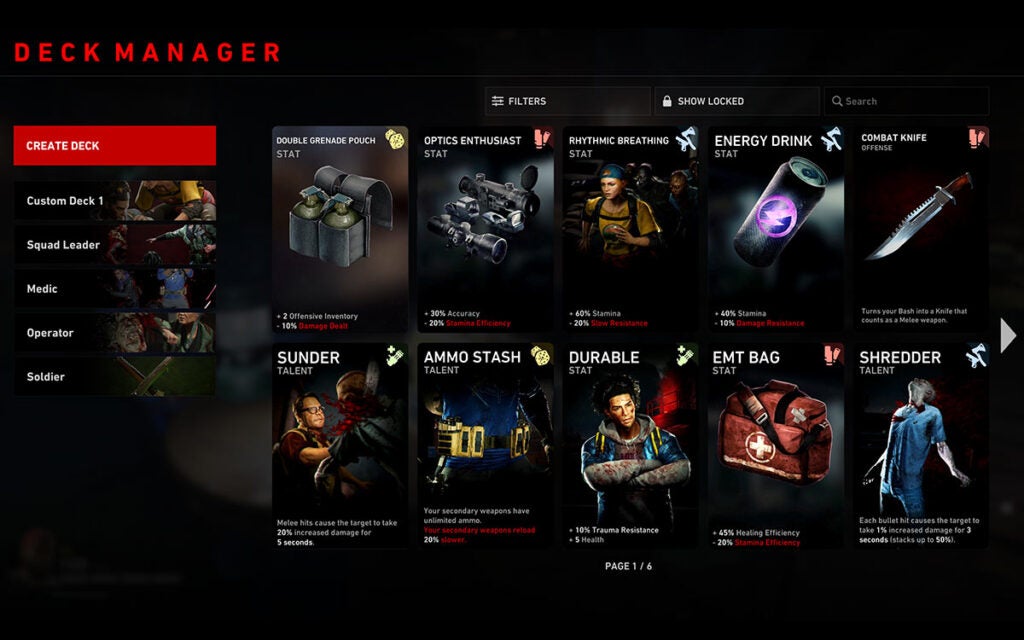
But this all changed when I moved beyond the early campaign levels, daring to try my hand at the higher difficulty settings. Back 4 Blood doesn’t shy away from chucking everything and the kitchen sink at you. Throughout the campaign, the game will spew more undead foes at you than the entire US army could deal with, tasking you to accomplish feats that seem near-impossible.
After repeated failures, my team and I started paying attention to the deck and gun customisation options. Back 4 Blood lets you create custom card decks, as well as tweak your character and guns’ looks in the base camp. You can also purchase customisation options and new cards from various merchants. These are traded using “copper” currency and survivor points, which can be collected in-game and as a reward at the end of successful runs/matches.
Getting better cards and collecting them into a coherent deck quickly become a focus when playing at higher difficulties. Playing as Evangelo, a rookie cleaner who starts each level with an SMG and machete, I quickly became obsessed with getting the card that adds a melee “power attack” to your arsenal, becoming an essential tool for zombie crowd control.

Back 4 Blood weapons are impressively diverse and customisable too. This means there are a variety of different SMGs, shotguns, pistols, assault rifles, sniper and melee weapons to find. They’re even color-coded by rarity, and can be further customised with attachments.
This adds a distinct looter-shooter element to the game that’s similar in feel to Borderlands 3. This is important as customising your weapon with a new sight or silent barrel can radically improve your chances of survival, especially when paired with an optimised deck. As a result, collecting new cards and attachments has acted as a serious incentive to repeat missions at higher difficulties.
The main campaign’s replayability is one of Back 4 Blood’s most impressive features and, in my opinion, the primary reason to buy it.
PvP Multiplayer
- Versus mode limited to base horde option
- Allows you to play as the zombies
- No versus mode in the story mode
Back 4 Blood’s PvP modes are currently limited to a base horde option. Known in game as “Swarm”, the mode splits you into teams of four, where you switch between playing as ridden or survivors on a round-by-round basis.
The human’s goal is to survive in a sandbox map for as long as possible, while the human-controlled special ridden try to kill them. As an added stress point, the map size begins to reduce the longer you survive, as a locust-style swarm moves into the area, hence the mode’s name.

The mode is fun to start, with the maps littered with weapons and items to help the survivors. The special ridden on offer are also wonderfully fun to play, and feature a decent set of class and customisation options to let you tweak them to meet your specific needs. There’s nothing more satisfying than playing as the Reeker, which has a special “self-destruct” attack that lets you take out multiple survivors at once with a well-timed blast.
But right now, I feel the mode lacks longevity. The maps on offer are fun, until you come up against experienced players. I’ve already spotted players that have figured out blind spots in which to hide and attack as zombies and choke points to camp in as humans. This can make the mode frustrating to play if you’re unlucky enough to be paired with even moderately skilled players on certain maps.
This issue made me hanker for a key feature I loved about Left 4 Dead: its versus mode. Versus mode was a PvP variant of the game’s PvE campaign that tasked you to play through the story mode’s levels, but with human-controlled special enemies trying to stop you.
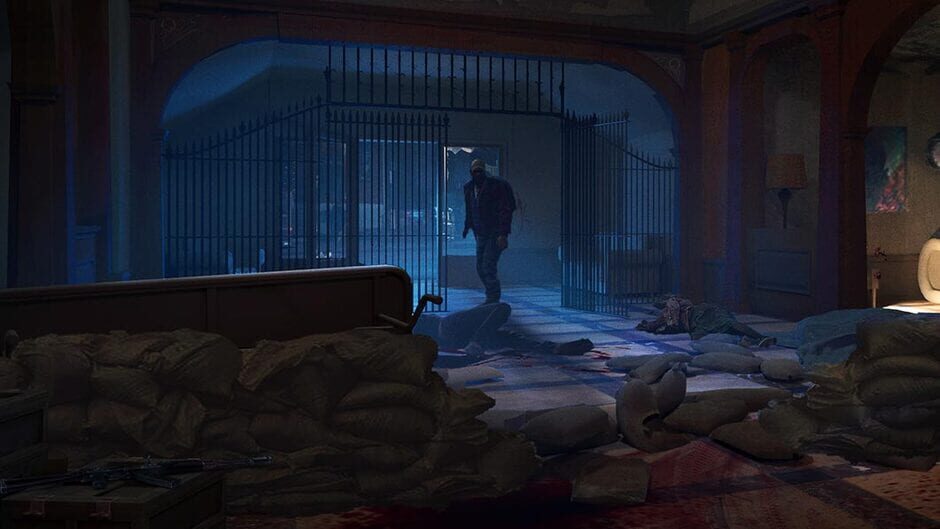
Developer Turtle Beach has openly said it didn’t add the mode to Back 4 Blood because it couldn’t find a way to balance the special zombies’ abilities in a way “that was fun to play”. Given how difficult the AI enemies can be, I can sympathise with this. But, the more I dabbled with Back 4 Blood’s PvP, the more I couldn’t help but think a versus campaign mode would work better than Swarm.
This would force the human players to venture out, as opposed to camp, with their end location being the safe room on the other side of the map. It would also incentivise ridden to consider their tactics and plot ambushes rather than just rush the humans, which is what they tend to do in advantageous maps on Swarm.
Best Offers
Should you buy it?
If you liked Left 4 Dead: Back 4 Blood takes the fundamental cooperative gameplay that made Left 4 Dead so iconic to the next level, adding more developed gunplay and a stellar deck system that makes every campaign run feel fresh and distinctly challenging.
If you want to play solo:
The single-player mode isn’t well optimised and doesn’t gel with the game’s most interesting systems, creating a compromised experience that’s best avoided. If you want a single-player horror shooter then you’d be better off investing in Resident Evil Village, for example.
Final thoughts
Back 4 Blood is one of the best cooperative shooters to arrive since Left 4 Dead 2, which is no surprise given that many of the same developers worked on it. The game offers solid co-op gunplay that pits you against hordes of enemies.
This, plus its clever card deck and weapon customisation settings, adds a layer of longevity that’s missing on many competing titles. But its unbalanced PvP Swarm mode and lack of features for solo play will undoubtedly limit this game’s appeal.
FAQs
Yes, Back 4 Blood is confirmed to feature cross-gen and cross-play support.
Back 4 Blood is a available on Xbox Series X|S, Xbox One, PS5, PS4, and PC. So basically everything but the Nintendo Switch.
No, Back 4 Blood will not have a split-screen mode at launch, with all multiplayer modes requiring an internet connection.

